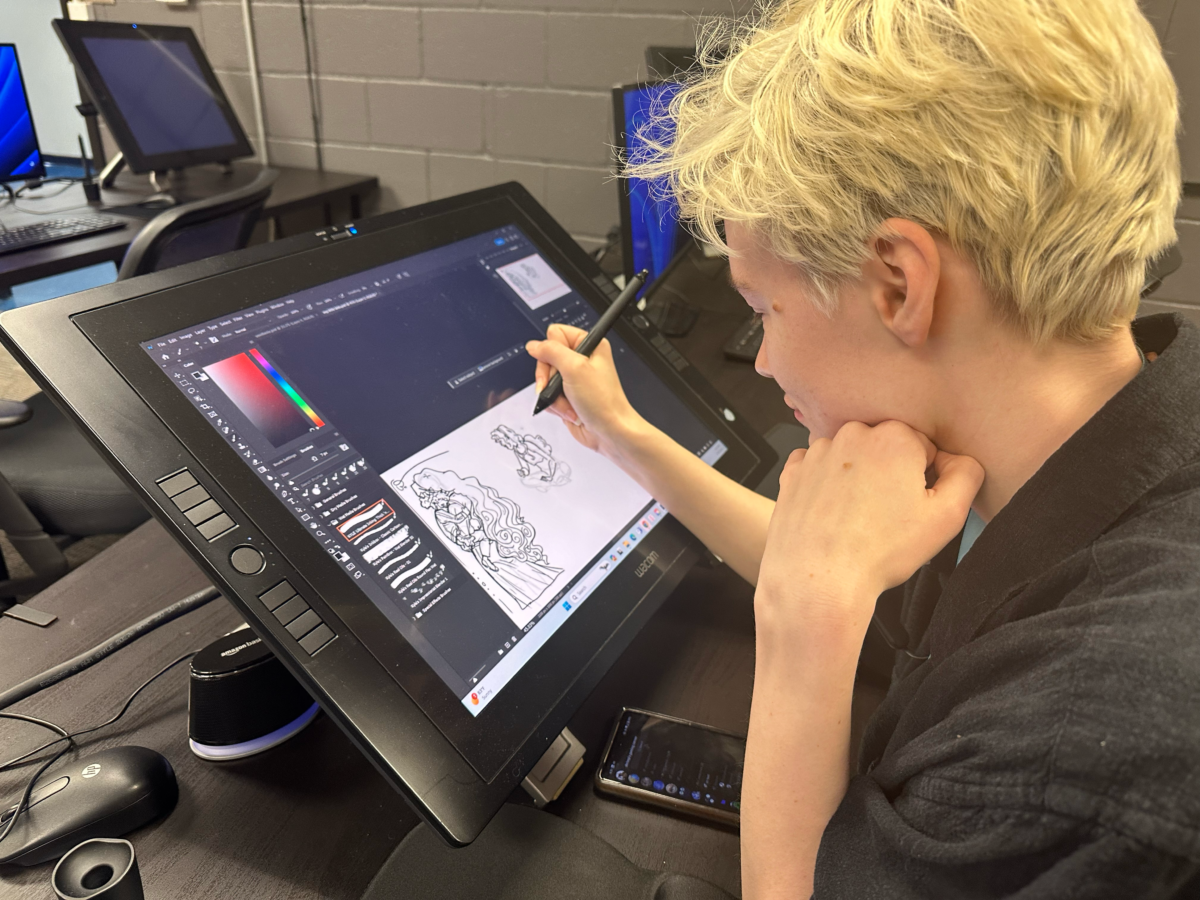Many film and TV writers have been returning to work this week, thanks to a labor agreement between the Writers Guild of America and studio bosses represented by the Alliance of Motion Picture and Television Producers. And there’s hope that the deal might foreshadow another breakthrough in the ongoing talks between striking actors and studios.
But even if both strikes end within days of each other, levels of entertainment employment in New York may not recover to what they were during the past decade, when streamers invested heavily in production in order to establish themselves as industry players and to build audiences. And that could have widespread consequences for the city and one of its major industries.
“The strike is kind of a byproduct of the wheels falling off,” said Noah Evslin, a longtime television writer and producer for shows like “Scandal,” “Grey’s Anatomy” and “NCIS: Hawaii.”
Like other industry experts interviewed for this article, Evslin sees this moment as an inflection point that could mark a new, weakened era for the industry – potentially signaling fewer scripted options for viewers, as well as fewer jobs for New Yorkers working in the industry.
The film and TV industry was already beset with a variety of challenges before the strikes. Streaming services and studios were cutting back; Netflix made plans to cut $300 million from its budget this year, according to the Wall Street Journal. On Disney’s most recent earnings call in August, CEO Bob Iger said the company would be cutting $3 billion, or 10%, from its content budget.
Ad buying has declined, while interest payments on mounting media debt have gotten steeper. New York City has also faced growing competition from other locales, such as New Jersey and Georgia, which have lured productions away from the Big Apple with aggressive tax credits.
All these changes have meant fewer jobs in New York City’s film and TV industry. The latest employment data for the city, through April, shows that employment in specific entertainment job categories was falling even before the strike, declining by 7% since the pandemic high in 2021 and by 5.6% since 2019, according to an analysis of state data from the Bureau of Labor Statistics.
And those figures undercount the complete impact of a shrinking industry because they only measure the most narrow definition of film and TV workers — people holding the camera or rigging lights, for example. They do not include thousands of people whose jobs are supported by the industry, such as accountants or lawyers who may work primarily for entertainment industry clients.
How did we get here?
About 10 years ago, as the streaming revolution gathered speed, studios and streamers faced immense pressure to out-create and out-acquire each other.
Notwithstanding a mid-pandemic boom, when studios rushed to create content for everyone stuck at home, Evslin doesn’t see that gold rush returning.
There will be a post-strike burst of activity as stalled shows and movies pick back up late this year and in early 2024, but Evslin expects fewer shows to be made and bought, and fewer movies to be acquired.
“There’s just not going to be a lot of work,” Evslin said.
Other industry experts predict that New York will continue to face competition for production jobs from other states.
“New Jersey and Georgia have been very aggressive in chasing the business, and that definitely has taken a chunk out of New York,” said Doug Steiner, chair of Steiner Studios, a massive production facility in the Brooklyn Navy Yard that opened in 2004 and was a key player in bringing productions back to NYC.
Many industry workers follow the work from city to city, Steiner said, and moving to New York for a nine-month gig is much more expensive than moving to other production hubs like Atlanta.
Labor issues involving other unions, such as the International Alliance of Theatrical Stage Employees — or IATSE — and the Teamsters, also loom as an ongoing concern, according to Maureen Ryan, author of “Burn It Down: Power, Complicity, and a Call for Change in Hollywood.”
“Regardless of what gains were being made at the top, most staff in lower-level jobs were not making enough to live on in Los Angeles or New York,” Ryan said.
IATSE voted overwhelmingly to authorize a strike this summer, though an actual work stoppage has not been called. And the Teamsters, who narrowly avoided a strike among their UPS drivers last month, turned their trucks around upon facing picket lines in New York this year.
“People have realized workers in Hollywood are just workers,” Ryan said. “They’re not different from UPS drivers or warehouse employees. We’re in a new moment for Hollywood guilds.”
Reasons for optimism
Despite these concerns, some companies have marshalled enough optimism to invest millions in NYC’s entertainment production future.
Real estate developer Hudson Pacific Properties, with the backing of the private equity giant Blackstone, plans to break ground this year on a new set of studio soundstages at Pier 94, on the Hudson River at 54th Street.
Jeff Stotland, head of Global Studios and Production Services at Sunset Studios, the Southern California-based brand that will operate the facility, said he’s playing the long game.
“We’re not day traders,” Stotland said. “We’re not looking at what’s going to happen next month or next year.”
He sees a future for film production in NYC over the long term – meaning as far out as 10 to 50 years.
Stotland said they’ve designed their new Manhattan studio with the realities of NYC’s space constraints in mind, though they plan to accommodate scripted TV production in addition to talk shows and reality TV production.
Stotland said he finds hope for the future of scripted shows in the old Hollywood adage: “Nobody knows anything.”
“Nobody’s figured out any formulaic way to predict success,” Stotland said. So the studios and streamers will have to keep churning out original content, hoping for the next “Squid Game” or “Ted Lasso,” in order to prevent subscriber churn and to drive the subscriber growth that props up their valuations, he said.
“It’s a little like drafting players onto the Yankees,” Stotland said. “You can’t predict success. So you have to make a certain number of bets in order for the outcome to be a certain number of successful shows.”
New York Public Radio has a contract with SAG-AFTRA, but our staff belongs to a different branch from the actors and is not involved in either strike.



